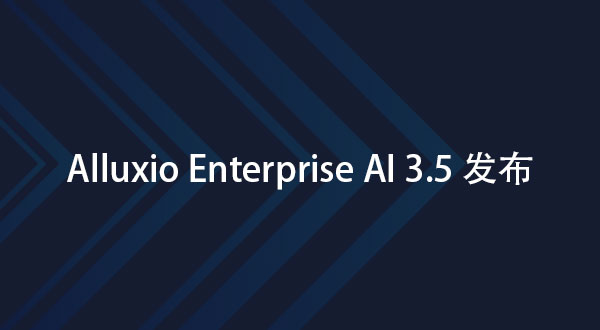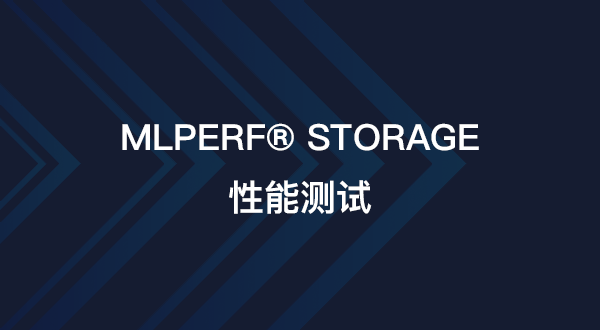在 Alluxio 上运行 Apache Flink
This guide describes how to get Alluxio running with Apache Flink, so that you can easily work with files stored in Alluxio.
Prerequisites
- Setup Java for Java 8 Update 161 or higher (8u161+), 64-bit.
- Alluxio has been set up and is running.
- Flink has been installed and set up.
Configuration
Apache Flink allows to use Alluxio through a generic file system wrapper for the Hadoop file system. Therefore, the configuration of Alluxio is done mostly in Hadoop configuration files.
Set property in core-site.xml
If you have a Hadoop setup next to the Flink installation, add the following property to the core-site.xml configuration file:
<property>
<name>fs.alluxio.impl</name>
<value>alluxio.hadoop.FileSystem</value>
</property>In case you don’t have a Hadoop setup, you have to create a file called core-site.xml with the following contents:
<configuration>
<property>
<name>fs.alluxio.impl</name>
<value>alluxio.hadoop.FileSystem</value>
</property>
</configuration>Specify path to core-site.xml in conf/flink-conf.yaml
Next, you have to specify the path to the Hadoop configuration in Flink. Open the conf/flink-conf.yaml file in the Flink root directory and set the fs.hdfs.hadoopconf configuration value to the directory containing the core-site.xml. (For newer Hadoop versions, the directory usually ends with etc/hadoop.)
Distribute the Alluxio Client Jar
In order to communicate with Alluxio, we need to provide Flink programs with the Alluxio Core Client jar. We recommend you to download the tarball from Alluxio download page. Alternatively, advanced users can choose to compile this client jar from the source code by following the instructions here. The Alluxio client jar can be found at /<PATH_TO_ALLUXIO>/client/alluxio-2.9.3-client.jar.
We need to make the Alluxio jar file available to Flink, because it contains the configured alluxio.hadoop.FileSystem class.
There are different ways to achieve that:
- Put the
/<PATH_TO_ALLUXIO>/client/alluxio-2.9.3-client.jarfile into thelibdirectory of Flink (for local and standalone cluster setups) - Put the
/<PATH_TO_ALLUXIO>/client/alluxio-2.9.3-client.jarfile into theshipdirectory for Flink on YARN. - Specify the location of the jar file in the
HADOOP_CLASSPATHenvironment variable (make sure its available on all cluster nodes as well). For example like this:
$ export HADOOP_CLASSPATH=/<PATH_TO_ALLUXIO>/client/alluxio-2.9.3-client.jarTranslate additional Alluxio site properties to Flink
In addition, if there are any client-related properties specified in conf/alluxio-site.properties, translate those to env.java.opts in {FLINK_HOME}/conf/flink-conf.yaml for Flink to pick up Alluxio configuration. For example, if you want to configure Alluxio client to use CACHE_THROUGH as the write type, you should add the following to {FLINK_HOME}/conf/flink-conf.yaml.
env.java.opts: -Dalluxio.user.file.writetype.default=CACHE_THROUGHNote: If there are running flink clusters, stop the flink clusters and restart them to apply the changes to the configuration.
Using Alluxio with Flink
To use Alluxio with Flink, just specify paths with the alluxio:// scheme.
If Alluxio is installed locally, a valid path would look like this alluxio://localhost:19998/user/hduser/gutenberg.
Wordcount Example
This example assumes you have set up Alluxio and Flink as previously described.
Put the file LICENSE into Alluxio, assuming you are in the top level Alluxio project directory:
$ bin/alluxio fs copyFromLocal LICENSE alluxio://localhost:19998/LICENSERun the following command from the top level Flink project directory:
$ bin/flink run examples/batch/WordCount.jar \
--input alluxio://localhost:19998/LICENSE \
--output alluxio://localhost:19998/outputOpen your browser and check http://localhost:19999/browse. There should be an output file output which contains the word counts of the file LICENSE.













